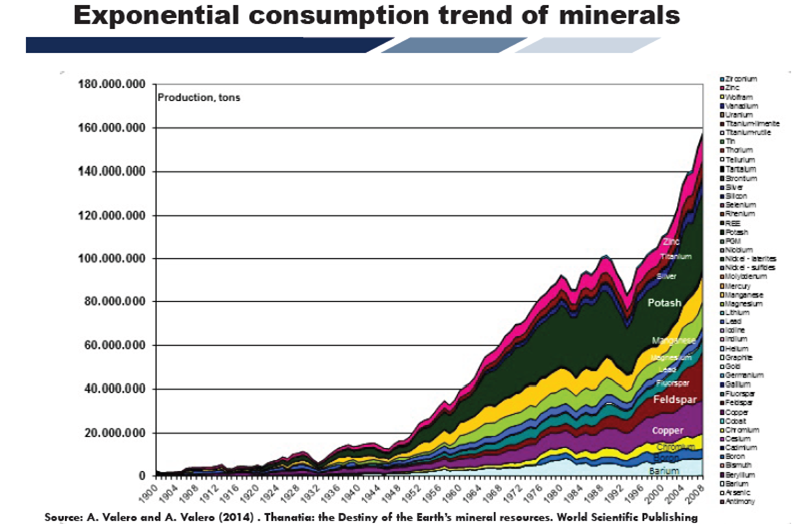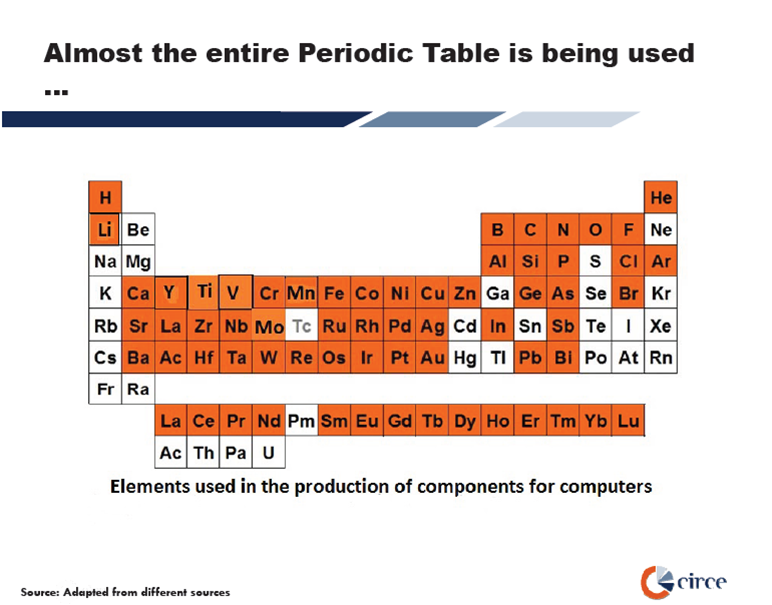Read Part 1 of this article here.
It is only when we as individuals recognize and accept our role in the Earth’s destruction, will we be able to take steps to reverse its course.
Although, many of us refuse to accept the problem, the fact is that the Earth is in such dire straits, that it is undergoing a Mass Extinction event ! To put it in perspective, the last mass extinction happened millions of years ago.
I continue with a list of ways in which my actions have harmed the environment.
Triple impact of everyday items, through their production, usage and disposal
- Every item I have ever bought without exception, has been produced by processing of raw materials sourced from Mother Earth, accompanied by the expenditure of energy. Thus every possession, product or device, I have ever bought, has left behind its environmental footprint.
- Whether it is products related to clothing, jewellery, housing, entertainment or transport or any other of my needs and greeds, they all have a triple impact on the planet.
- First of all, they are made by processing raw materials from the Earth’s crust. Extracting these raw materials whether it is metals, stone, sand, wood, or crude oil, destroys ecosystems in different parts of the globe.
- For example, a house is made using materials like sand, cement, marble, wood, steel, plastics, copper etc. All of these materials are ultimately derived from the Earth, and the extraction of their raw forms was accomplished by tearing up the Earth and destroying naturally occurring cosystems.
- Secondly, the processing of raw materials into the finished product uses energy which comes from burning fossil fuels, which is causing Climate Change.
- Thirdly, at the end of its lifecycle every single item I have used, has ended up contributing to the waste pile on Earth. A lot of this trash is visible, but most of it is invisible being hidden below landfills, burnt in incinerators, or thrown into ponds, rivers & oceans.
In addition there is tertiary pollution, caused by the material wastes and toxic substances used during the production process of these items.
As technology progresses, and the economy grows, my usage of products is continuously increasing. The chart below shows the exponential consumption of materials, as the industrial age has advanced.

Thus, my material consumption throughout my life has left behind a large trail of burnt fossil fuels, destruction of ecosystems, and waste which pollutes air, soil & water.
However, I decreased my impact on the Earth every time I chose not to give into the temptation of buying a product, or bought recycled or second-hand items. Interestingly enough, online resellers like OLX are pointing out the positive environmental impact of buying used products.
Resource usage for electronics items like computers, cell phones, etc.
Even though I am not a technology enthusiast, I have used up a fair number of electronic items & accessories in my life. These include computers, monitors, Cellphones, pagers, music systems, routers, headphones, cables, and so on. For a person working in the modern economy, it has become virtually impossible not to use an electronic device.
The electronics industry is one of the most toxic industry on the Earth.
As prices have declined, and the rate of technological change has quickened, more electronics devices are being bought, and ever larger numbers are being discarded. If you do not change your laptop/cell phone/ music system after a few years, you risk being socially ostracized.
However, all forms of electronics have a heavy environmental footprint. As the graphic below from Circe shows, elements from almost the entire Periodic Table are being consumed in the manufacturing of electronic items like computers.

This is the curse of the Industrial age, that every step I take, becomes a burden on Mother Earth.
The only way to save the Earth is to make sure that each one of us reduces our ecological footprint on the Earth, so that the cumulative impact is within sustainable limits.







